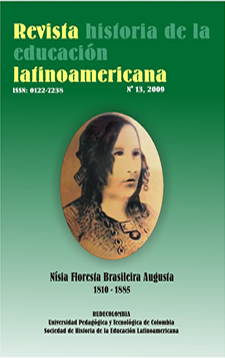OPENING NEW ACADEMIC AND SCIENTIFIC SPACES: THE FIRST FEMALE PROFESSORS AT UNIVERSIDAD PEDAGÓGICA Y TECNOLÓGICA DE COLOMBIA

Abstract
In the fifties, female educator is the big absent agent from the Colombian university, where the full teaching faculty was made by merely male educators. It was precisely in the sixties when the first female professors started teaching at the Universidad Pedagógica y Tecnológica deColombia, and slowly the number of them increased in the seventies. This article analyses some aspects such as origin, family and studies that allow to know briefly something about the first women who joined the UPTC’s teaching faculty. It is worth to emphasize that professor María Teresa León Leal was the one who opened the academic and scientific space to women in this teaching cloister.
Keywords
History, teachers, university, academic, to enter, profile.